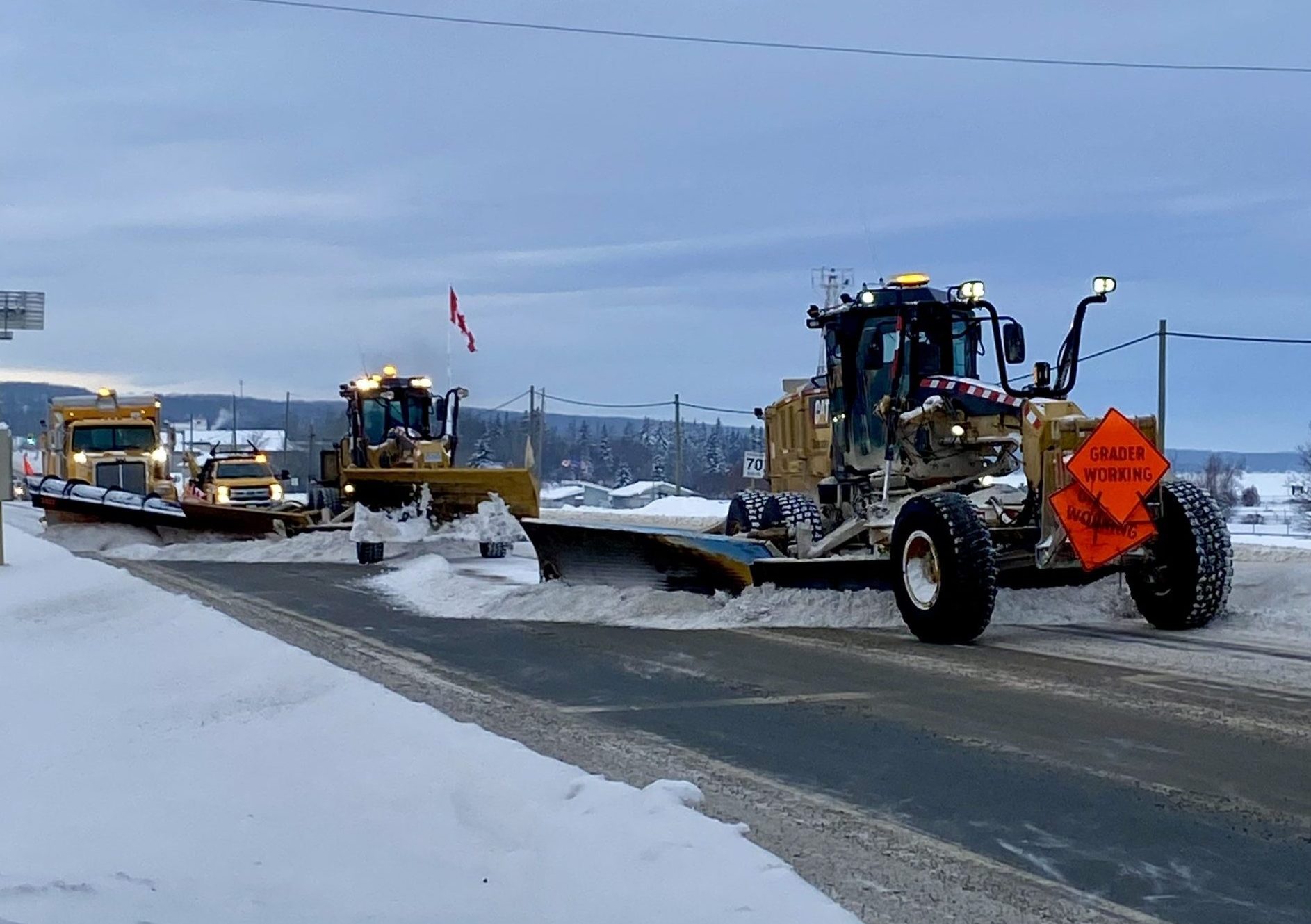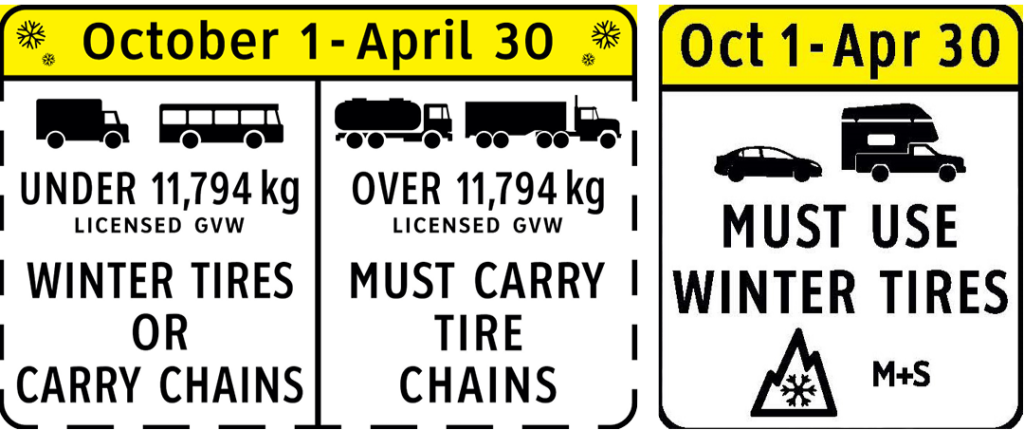When winter hits British Columbia, the mix of freezing temperatures, icy mountain passes, and heavy snowfall can create dangerous conditions on the road. Taking time to prepare your vehicle for winter driving is one of the best ways to protect yourself and others while travelling in BC’s challenging winter weather.
Why It’s Important to Prepare Your Vehicle for Winter Driving
BC’s winter climate varies dramatically: coastal highways can be drenched in cold rain while Interior and northern routes are often covered in snow and ice. This makes early preparation essential.
By taking steps now to prepare your vehicle for winter driving, you can reduce the risk of breakdowns, collisions, and delays on steep or remote roads throughout the province.

Step 1: Schedule a Pre-Season Vehicle Maintenance Check
Cold weather puts added stress on your vehicle’s systems. Before the first major freeze, book a pre-season inspection and have your mechanic check:
- Battery health and charge
- Engine fluids (oil, coolant, washer fluid, etc.)
- Wiper blades and windshield defroster
- Headlights, taillights, and signal lights
- Brake condition and performance
- Cabin heating system
This preventative step is a crucial part of preparing your vehicle for winter driving in British Columbia.
Step 2: Pack a Winter Emergency Kit
Even well-maintained vehicles can run into trouble, especially on BC’s mountain highways or rural roads. A properly stocked emergency kit can make all the difference if you get stranded. Include:
- Warm blankets, extra clothing, mittens, hats
- Flashlight with spare batteries
- First Aid kit
- Booster cables
- Small shovel and abrasive material (sand or cat litter)
- High-energy snacks and water
- Road flares or warning triangles
- Fully charged power bank for your phone
Download the full Vehicle Emergency Kit Checklist from Road Safety At Work to make sure you have everything you need.
Step 3: Install Proper Winter Tires
Tires are your vehicle’s only contact with the road, and they matter most in winter. In BC, snow tires or chains are legally required on most highways from October 1 to April 30.
- 3-Peaked Mountain/Snowflake Symbol: These true winter tires are designed for snow, ice, and cold conditions. They provide better traction, shorter stopping distances, and improved handling.
- M+S (Mud & Snow) Symbol: These meet the legal minimum, but they’re less effective than winter tires.
Switching to four matching winter tires is one of the best ways to prepare your vehicle for winter driving and handle BC’s steep grades, sharp curves, and high-elevation routes safely.

Photo Source Source: Government of British Columbia – Designated Winter Tire & Chain Routes
Step 4: Plan Ahead Before Every Trip
- Check DriveBC.ca road conditions and highway webcams before heading out.
- Allow extra travel time—snowplows, icy bridges, and slower speeds are common.
- Keep your fuel tank at least half full in case of delays or emergencies.
These simple habits help you stay ready, alert, and safe on the road—all part of how to prepare your vehicle for winter driving in British Columbia.